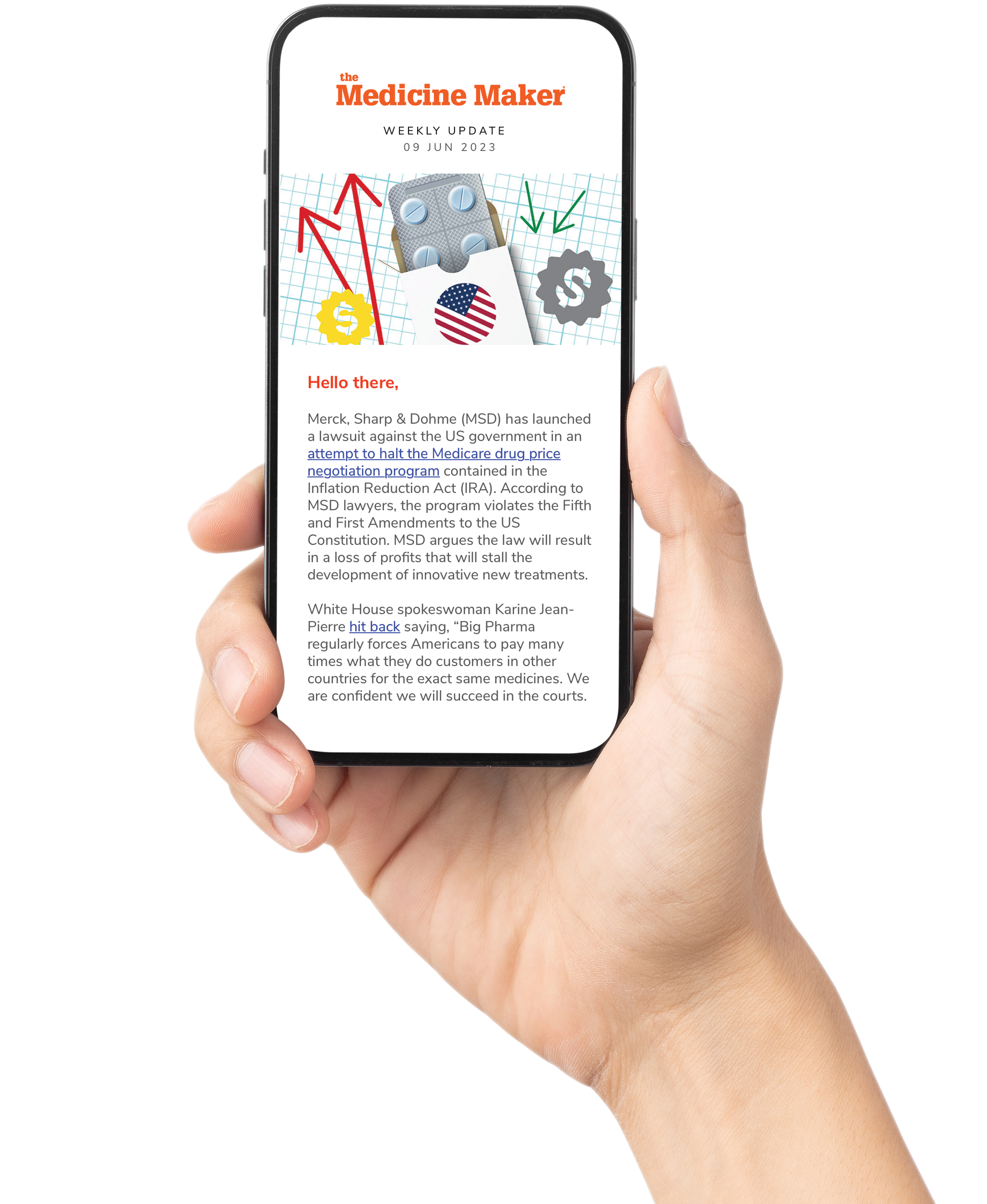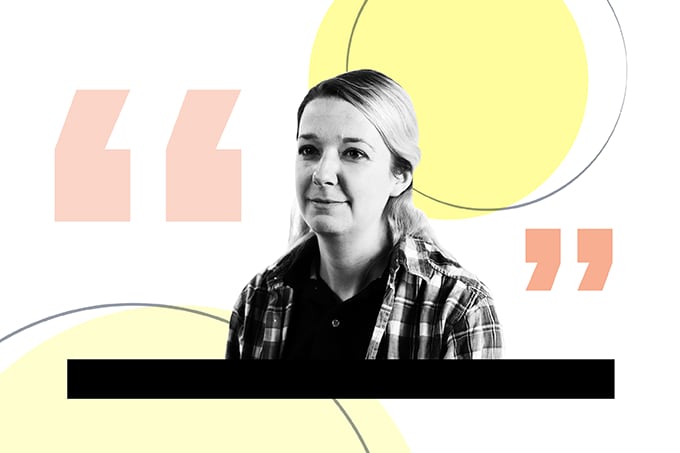
“I had built massive platforms in real estate, structured billion-dollar deals, so I thought, “Why not use that same skill set to build an ecosystem for cures?”
Audrey Greenberg began her career in finance, but a deep-rooted entrepreneurial drive – and a personal brush with the healthcare system – led her to co-found the Center for Breakthrough Medicines and later take a leadership role at Mayo Clinic. In this candid interview, she reflects on the pivotal moments that shaped her career.
You began your career in finance and private equity. What drew you to that world?
I grew up around medicine – both parents, and both maternal grandparents – but I didn’t go into healthcare initially. I went into accounting and finance because I Ioved the business world and, quite frankly, the business side of medicine. I enjoyed solving complex puzzles with real-world consequences. Being on the investment side gave me a 30,000-foot view of how companies work, and more importantly, why they fail. It taught me to spot patterns, move fast, and think in systems. It also taught me the foundation of business. Over time, I realized I didn’t just want to advise or invest; I wanted to build. I wanted to be in the arena, not just in the boardroom.
Looking back, was there a moment early in your career when you realized you were meant to be a builder?
Although my parents were doctors, they were also entrepreneurs and, in the back of my mind, I knew I always wanted to run my own business. After attending Wharton business school for my MBA, I moved to New York, working as an investment banker at Morgan Stanley when the World Trade Center collapsed before my eyes. I realized in the aftermath of so much destruction that I wanted to create something that mattered and that had an impact. I started a real estate private equity firm focused on affordable housing, battered women's shelters, and assisted living for seniors. That was a pivotal moment because I started thinking less like a financier and more like a founder.
What made you take the leap into biotech?
As my life, career, and the market progressed, we eventually landed in Philadelphia for my husband’s job. When we moved, I was working as a CFO, had a three-year-old, a two-year-old, and I was eight months pregnant wondering what my future would be like in a new place. At that time, my eldest was diagnosed with a cholesteatoma. After several surgeries at Children’s Hospital of Philadelphia (CHOP), I became aware of the incredible curative therapies being discovered there and at University of Pennsylvania, but there remained the inability to manufacture and distribute these therapies at scale. I had built massive platforms in real estate, structured billion-dollar deals, so I thought, “Why not use that same skillset to build an ecosystem for increasing the affordability and accessibility of lifesaving and life changing therapies?” That’s how the Center for Breakthrough Medicines (CBM) was founded. I had to address the incredible unmet need.
You scaled CBM into a major player in advanced therapies. What were the major lessons learned on that journey?
Build with urgency, hire with intention, manage cash tightly and partner strategically! CBM went from blueprint to unicorn valuation, 400 people, and 350,000 square feet of manufacturing and support space in under three years. But we never lost sight of mission or culture. I hired people who weren’t afraid to dream big and who understood that we weren’t just making products; we were accelerating hope for patients. That combination, speed and soul is something I try to bring into every team I lead now.
Why did you join the Mayo Clinic?
Mayo isn’t just a hospital; it is one of the most respected names in science and healing, with a relentless commitment to the patient. Under the surface, it’s also a powerful innovation engine: pioneering research, a global clinical footprint, deep data assets, and some of the most brilliant minds in medicine. After creating and launching several businesses, including scaling CBM into a major ecosystem, I had multiple opportunities to step in as CEO of promising biotech and CDMO ventures. I had investors chasing me to invest in my next idea. But in this market, those bets come with binary risk and I wasn’t looking to repeat what I’d already done. I was looking to multiply it.
Mayo offered something different: a sandbox of breakthrough science, incredible clinicians and inventors, and a mission-driven culture. As Mayo Venture Partner and Chair of Corporate Development, I get to do what I love most: partner with scientists and innovators to translate discovery into scalable, investable platforms and do it across multiple domains. I can go deep where it matters, help build enduring teams and expand my reach far beyond a single company.
It’s rare to find a place where the ideas are world-class, the infrastructure is real, and the mission is bigger than the institution. That’s Mayo.
Today, I’m helping commercialize some of Mayo’s most transformative innovations across AI, women’s health, regenerative medicine, surgery, and more. It’s part venture studio, part platform strategy, part matchmaking between science, capital, and operators. And we’re doing it with a strong guiding principle. If it doesn’t move the needle for patients, we don’t do it.
How do you balance your entrepreneurial instincts with the structure of a large institution like Mayo?
It’s like surfing. You can’t fight the wave. You have to ride it with intention. I’m not here to disrupt for the sake of it; I’m here to unlock value within the system. That means listening deeply, earning trust, and pulling the right levers to scale something meaningful. The Mayo culture demands humility, but also rewards vision and follow-through.
What do you look for when hiring or investing in someone?
I look for good athletes, not necessarily on the field, but in how they think, move, and adapt to new modalities using a set of core competencies! People who are nimble, fast, coachable, grasp the end goal and know how to win as a team. I want folks who are resourceful, who figure things out without needing a playbook every time. I look for people who have a bias toward action, a positive attitude, and the grit to finish strong, even when the conditions change mid-race.
I also look for integrity. You can train skills, but you can’t train character. I want people I trust in the foxhole, who tell the truth even when it’s uncomfortable. And I love working with people who just get it done, who don’t overcomplicate or make excuses, but deliver and elevate everyone around them.
Where do you see the biggest opportunities in healthcare over the next decade?
Three areas excite me most: AI as an enabler for personalized medicine; decentralized care models that meet patients where they are; and platform convergence, where biotech and techbio finally start speaking the same language. Mayo has the data, the trust, and the patient base to lead in all three. We need to continue to move boldly.
If you could whisper something to your younger self, what would it be?
Don’t wait for permission. The people who change the world usually aren’t invited in; they build their own door.




